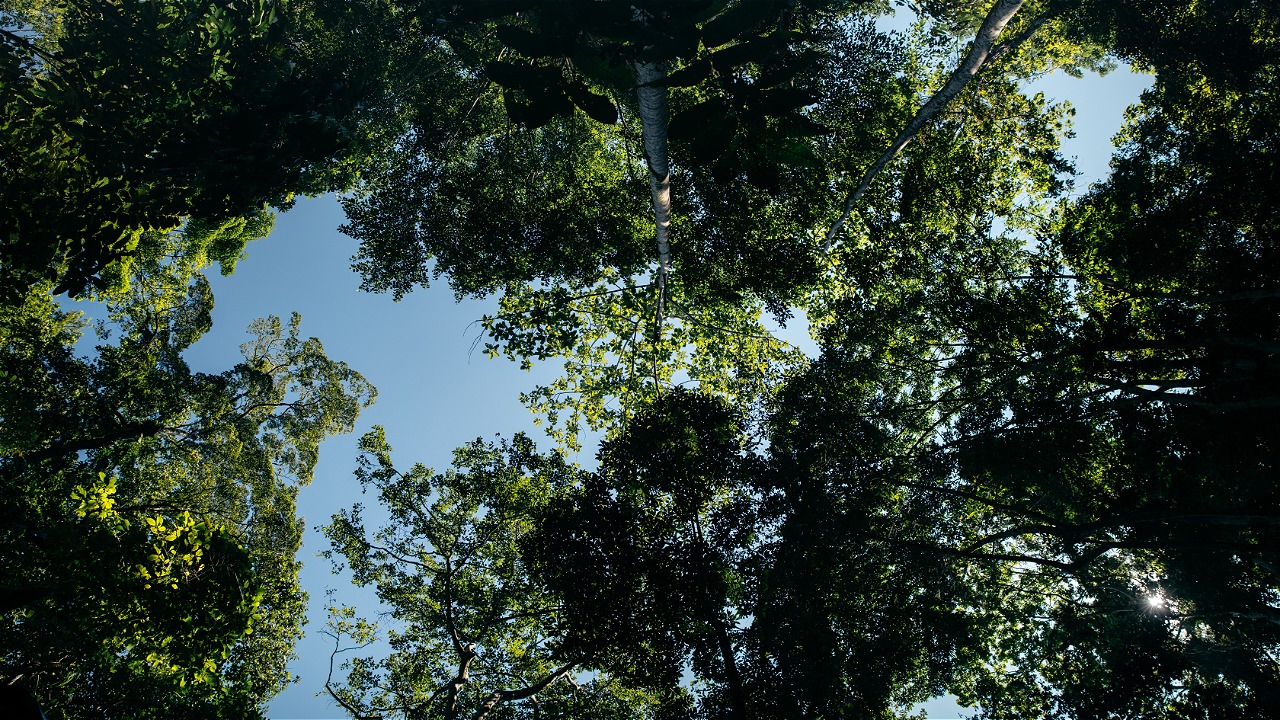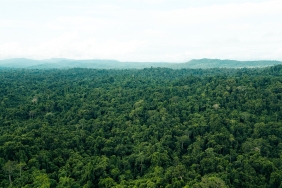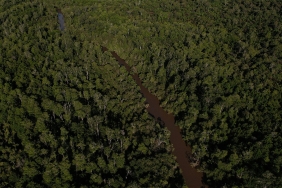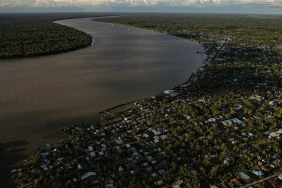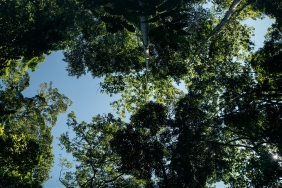PAPUA PROVINCE 2050 CALCULATOR LAUNCH
At the Aston Hotel in Jayapura on May 26, 2016, there was a launch event for the Papua Province Calculator 2050 (KPP2050), an online-based policy simulation tool accessible at http://papua2050.wwf.id. The KPP2050 link can also be found on the Papua Provincial Government website managed by the Center for Development Data and Analysis (Pusdalisbang) at pusdalisbang.papua.go.id. KPP2050 is the first provincial adoption of the Indonesia 2050 Calculator (http://calculator2050.esdm.go.id). KPP2050 is a collaboration between WWF Indonesia and Pelangi with support from the British Embassy, and in coordination with the Papua Provincial Government.
Based on 2014 PLN Satistik data, Papua's electrification ratio is still at 39.51%. Meanwhile, more than 90% of energy sources for power generation still use fossil energy (oil, coal and gas) supplied from outside Papua. On the other hand, Papua is rich in natural resources that can be utilized as energy sources, especially hydropower, bioenergy and solar power. The Papua Provincial Government needs to establish various policies to encourage the development of renewable energy. Policies are not only in the energy sector, but need to be cross-sectoral. For example, the development of bioenergy, requires policies from the plantation and forestry sectors as suppliers of energy sources. The development of hydropower plants, needs public works / water sector policies.
This calculator allows us to see the relationship between energy use from various sectors (transportation, household, commercial, industry, agriculture, construction and mining) and its impact on land use and greenhouse gas emissions until 2050. This tool can be used by the government to conduct policy simulations, i.e. to see the consequences of energy policies taken on greenhouse gas emissions, land use and energy security. KPP2050 can also be used by provincial governments to communicate their policies to the public. On the other hand, KPP2050 can help the public to better understand the policies taken by the Provincial Government. The public can also conduct policy simulations with KPP2050 and send them as input to the Government.
After remarks from Mr. Benja Mambai, Director of WWF Indonesia Papua Program, KPP2050 was officially launched by the Head of Papua Province Bapeda, Mr. Muhammad Musa'ad, marked by opening the KPP2050 website. This was followed by the handover of the books "Introduction to the Use of the Papua 2050 Calculator" and "Guidelines for Updating Data in the Papua 2050 Calculator from WWF Indonesia to the Papua Provincial Government", and then a brief demo of KPP2050. The provincial government and the people of Papua who attended the event enthusiastically welcomed the KPP2050. The government feels that this tool will help them in designing energy policies, especially in the preparation of the Regional Energy General Plan (RUED).
After the launch of KPP2050, a talk show was held featuring speakers from BAPPEDA, namely Ms. Lila Bauw who serves as Head of Physical and Infrastructure Division, Mr. Hendra from Cendrawasih University and WWF Indonesia. Several invitees, consisting of government representatives, academics, NGOs, emphasized the importance of valid and up-to-date data so that KPP2050 can produce outputs or projections that are closer to actual conditions. Ms. Lila believes that with the existence of Pusdalisbang Papua, it is hoped that the public will find it easier to obtain the latest data from various local government agencies.
A two-day training was organized prior to the KPP2050 launch event with participants being representatives from the provincial government, academia and NGOs. The objective of the training was for participants to understand, use and utilize, and further update the data used in KPP2050. During the training, participants produced their best and most realistic scenarios, one of which was presented at the launch event. One of the training participants from academia stated that KPP2050 is user-friendly enough to be utilized by the public.

